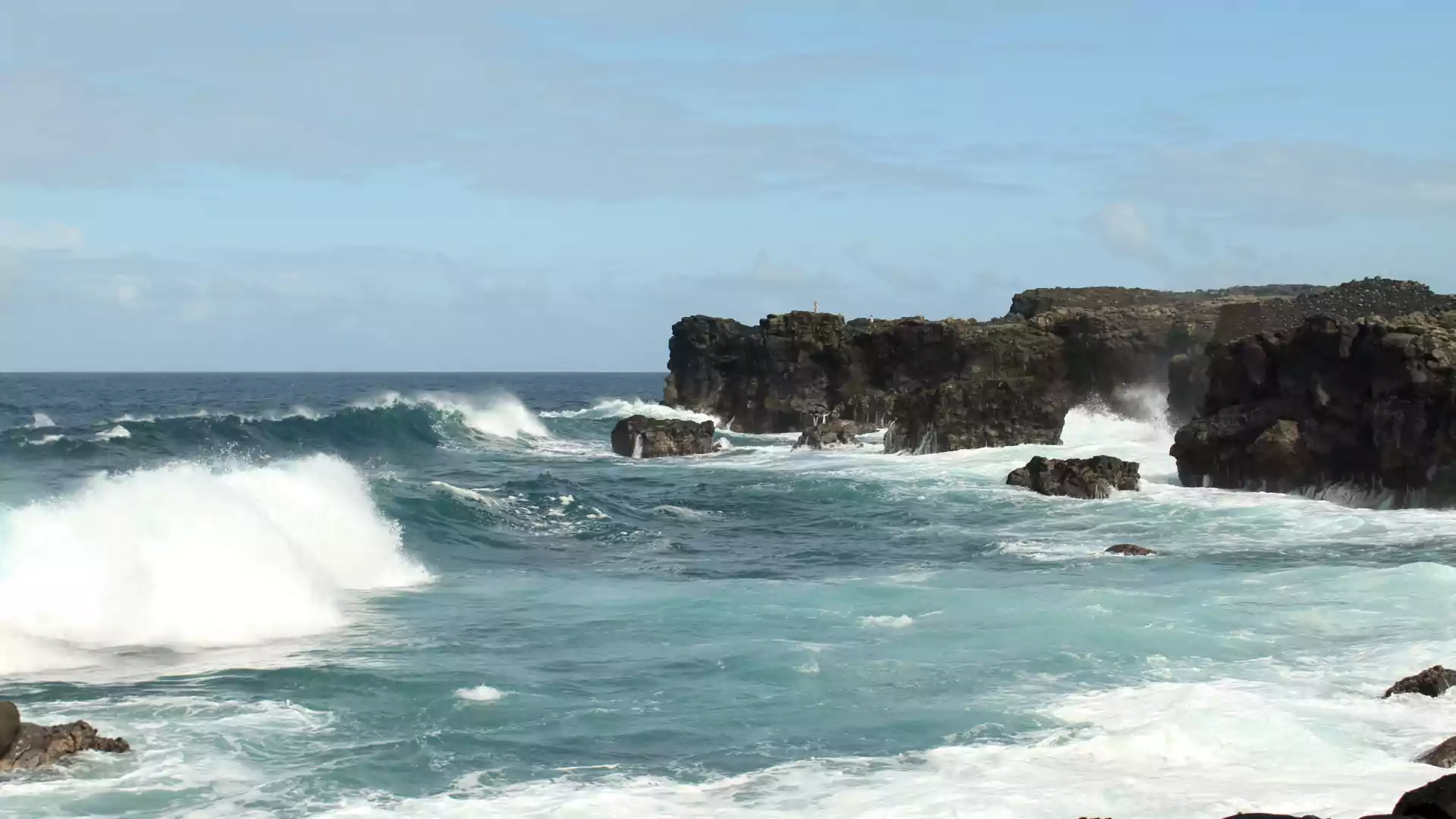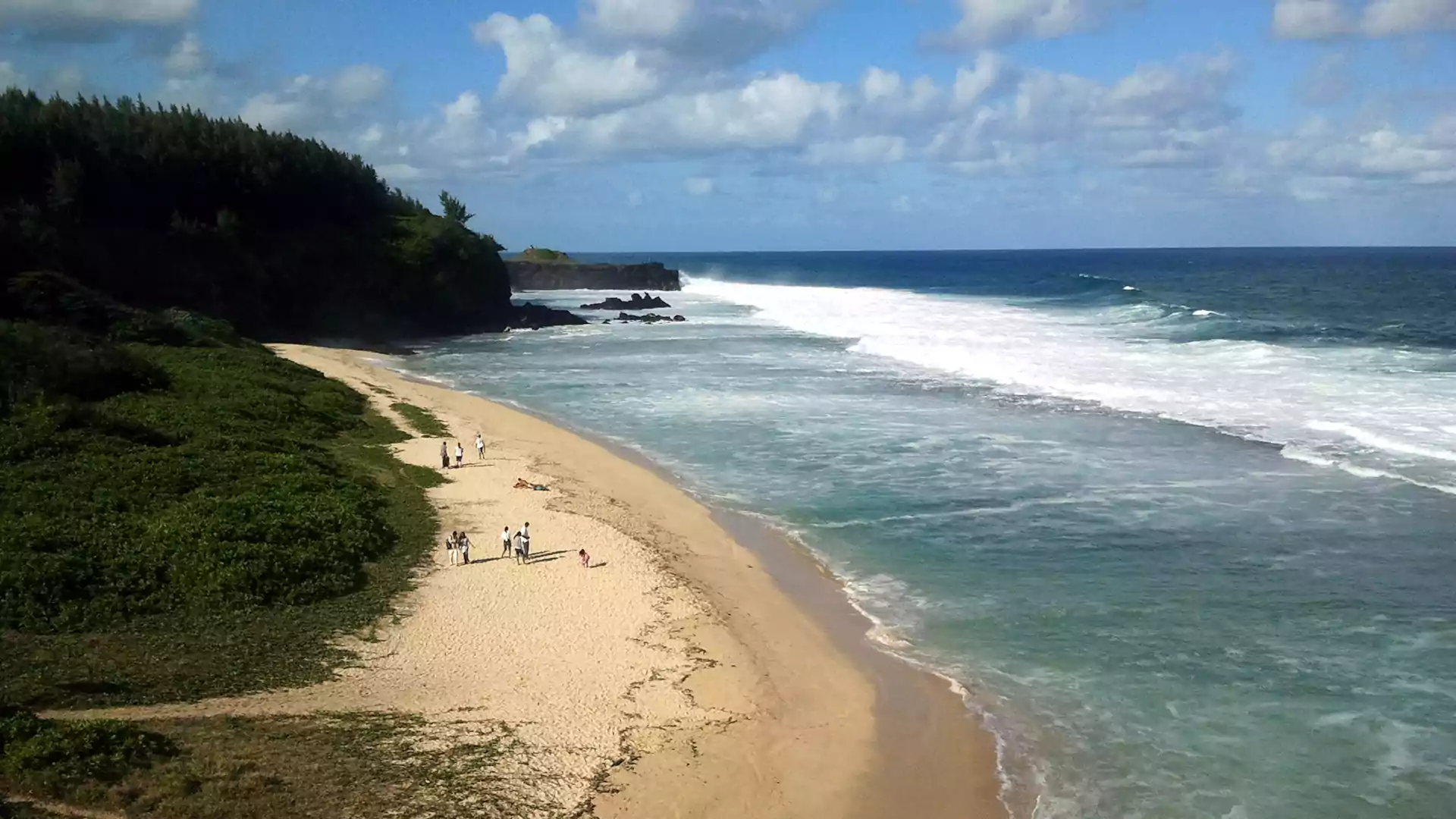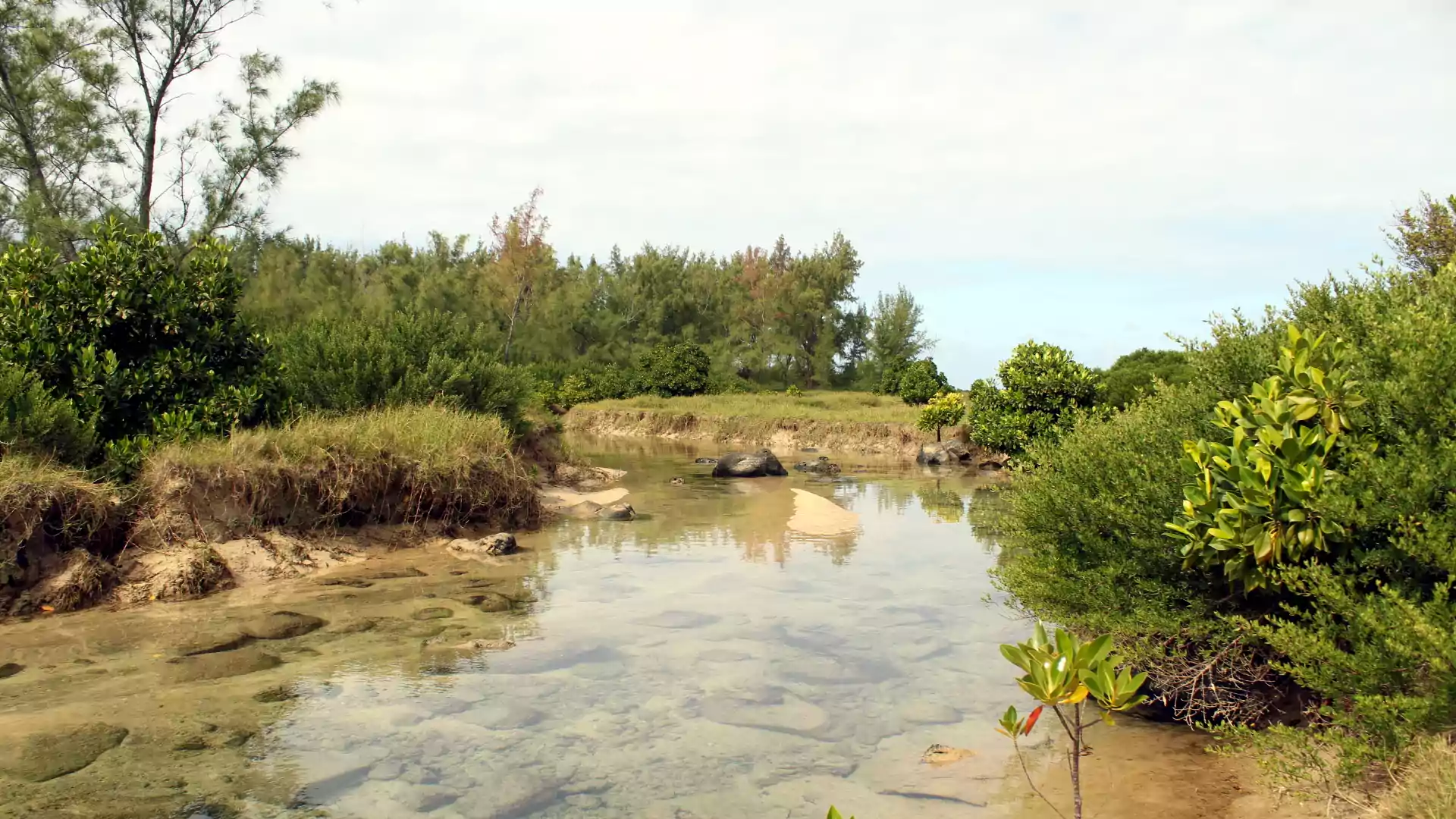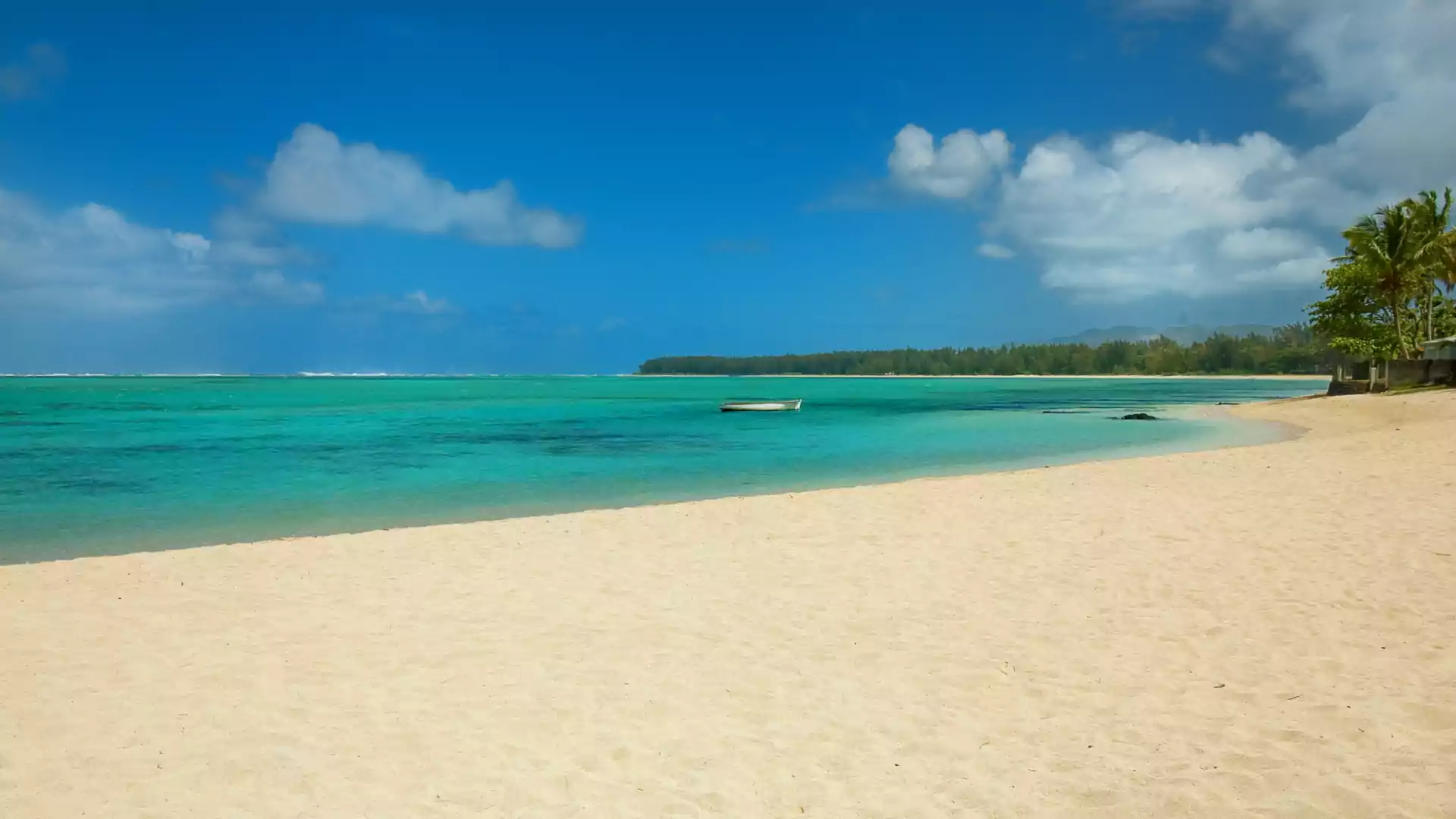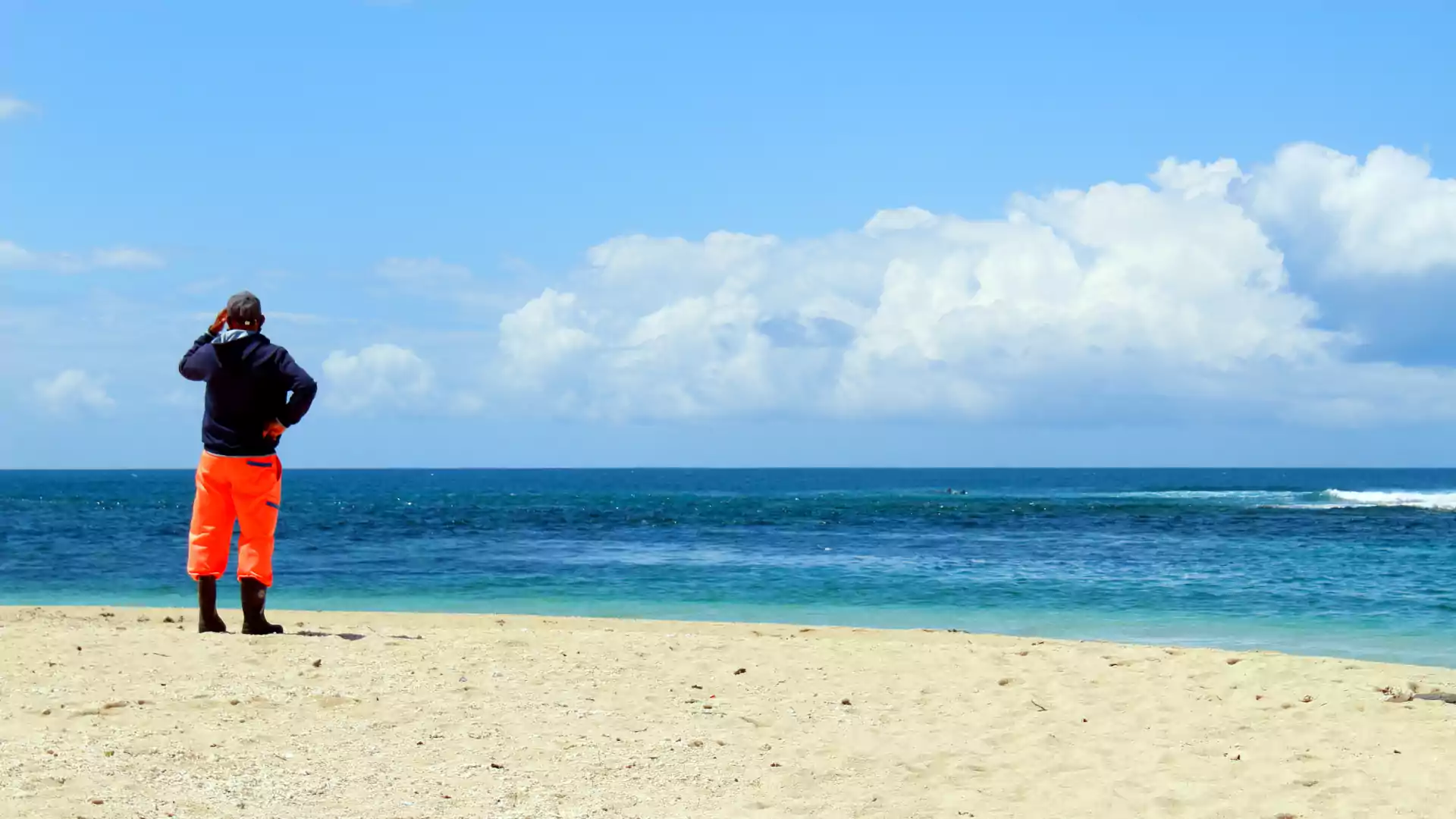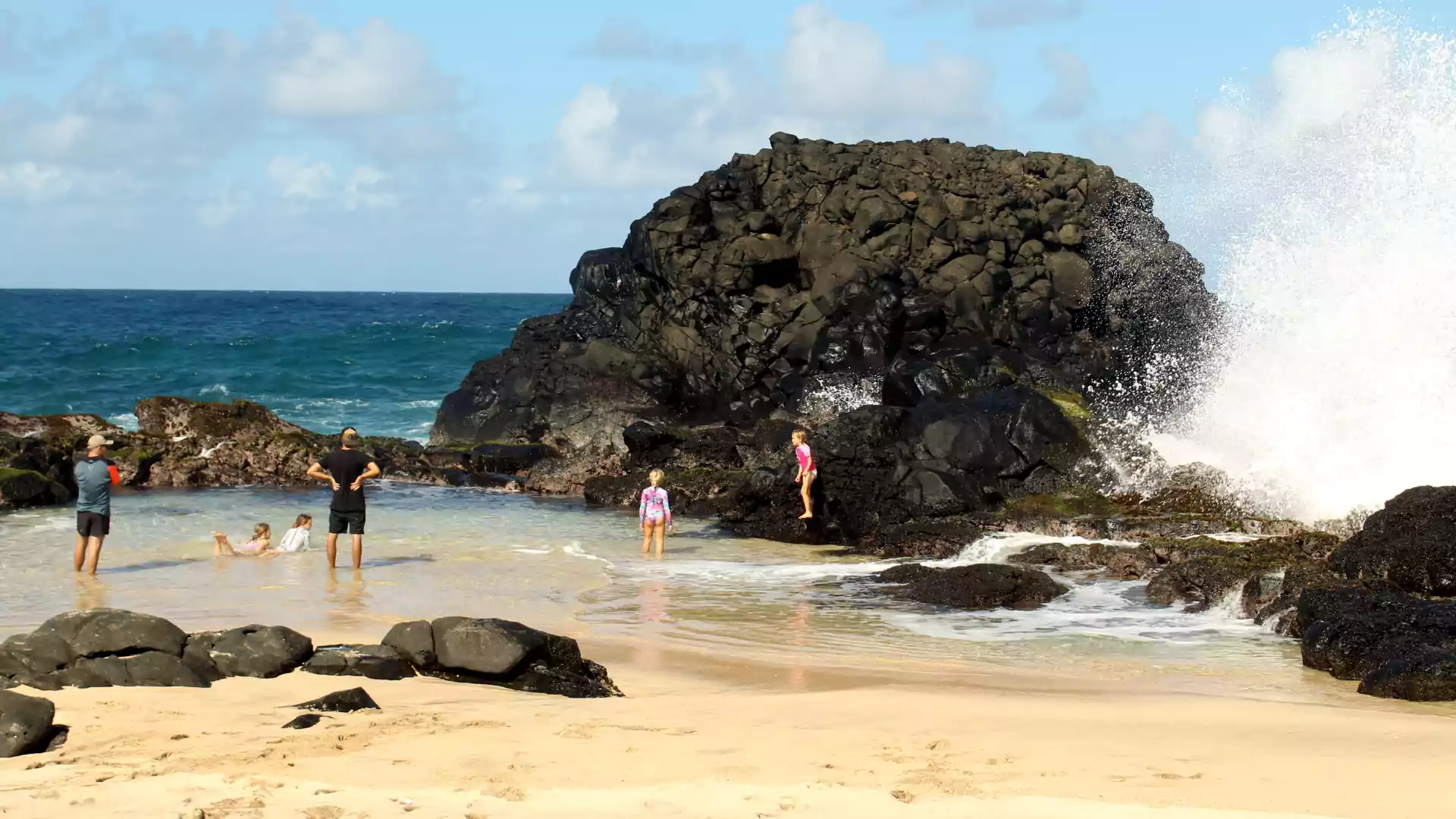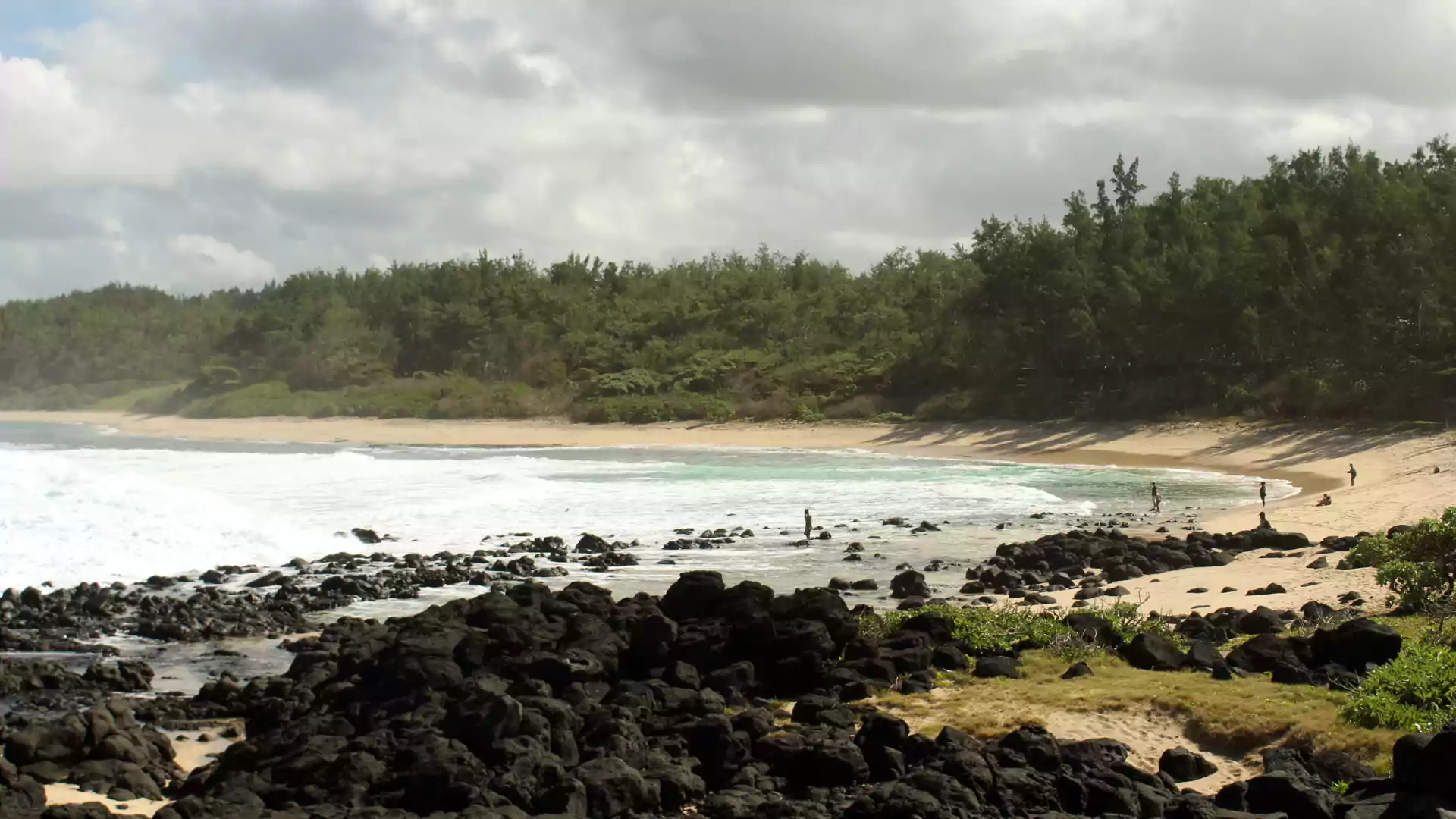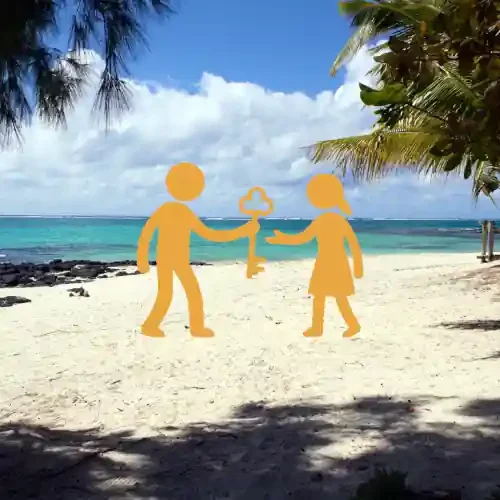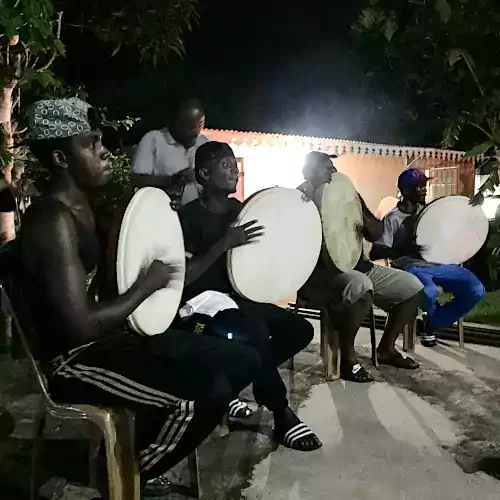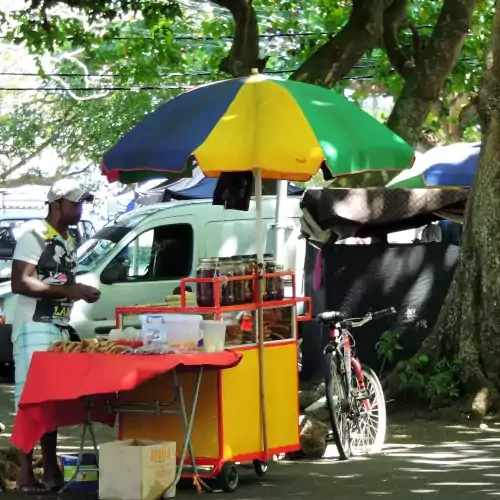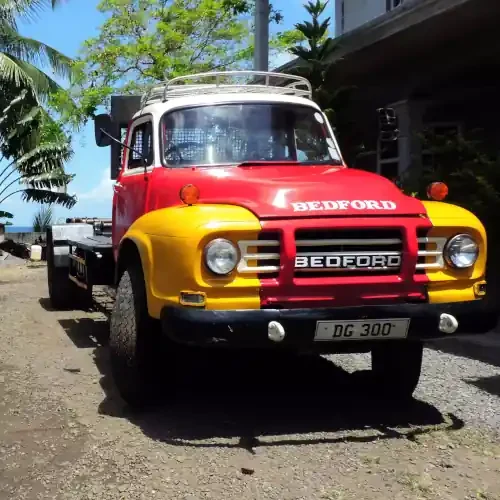After 5 km the “Pont Naturel” and 2 km further on, the site of “Le Souffleur”. How rewarding is the last half-kilometre when the Savinia beach and its natural pool reveal themselves.
The cliffs that extend for another ten kilometres make a beautiful hiking itinerary. Ideally, one should get dropped off at one of the five public access points and to be picked up at another. One can then choose the section with the desired distance.
Mountain bikers also love this route. Classic mountain bike tours can be organised by Yemaya or on electric bikes with DunienZîl.
At the western end of the cliffs is the beautiful Gris-Gris beach, which has inspired many a poet. Set below, it evokes a sleeper in love with timeless dreams. Around it, the village of Souillac, named after Governor François de Souillac, the last descendant of the “Sires de Souillac” – a village in the Lot region of France. A governor of the former Ile de France, of sad memory, as he was at the origin of the racial segregation between whites and blacks. This local law was maintained by his successor.

